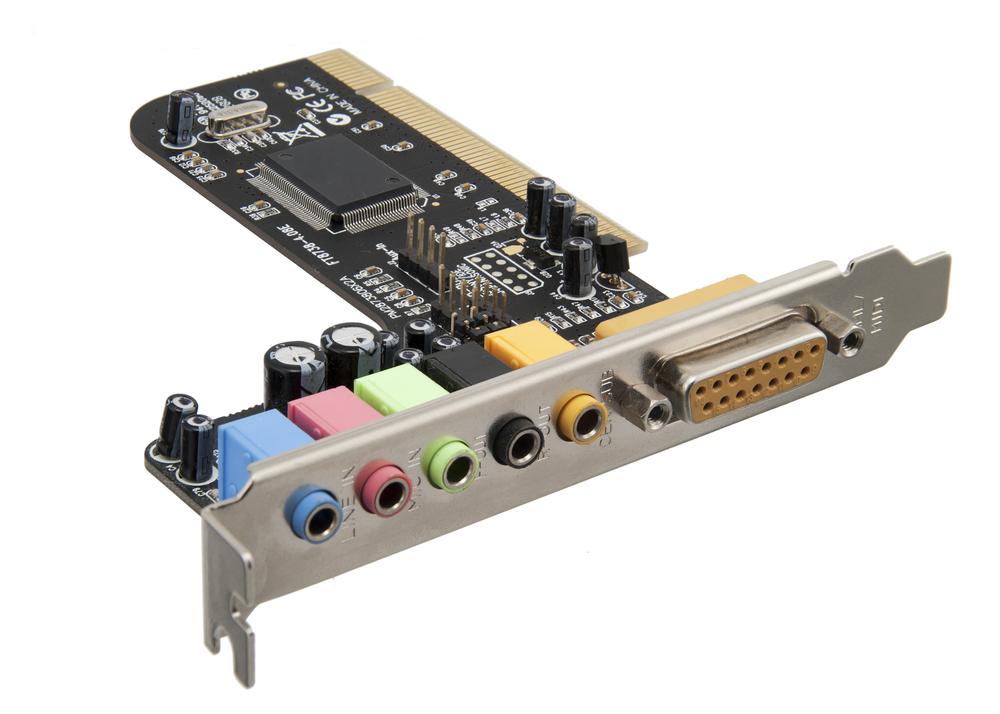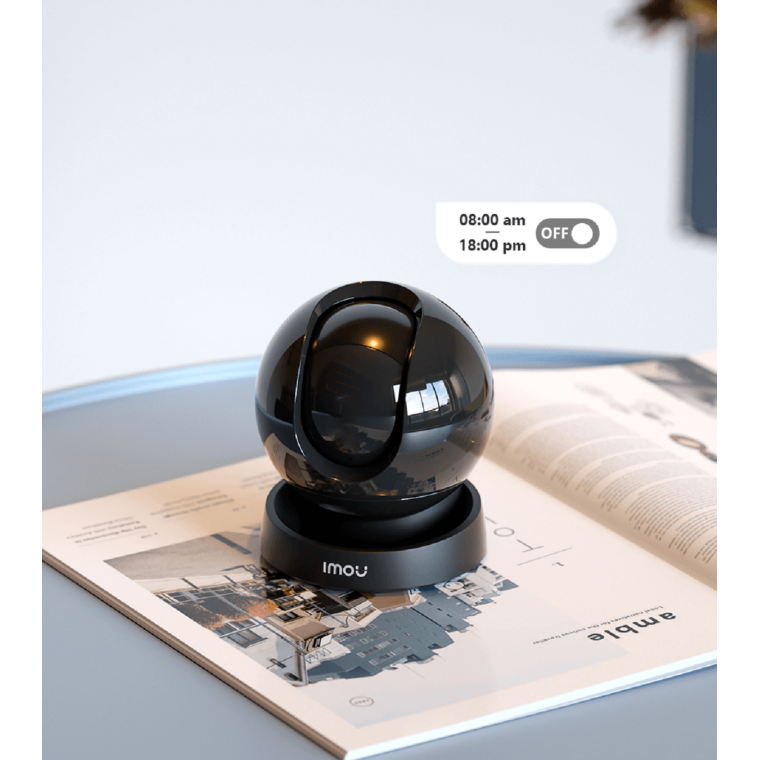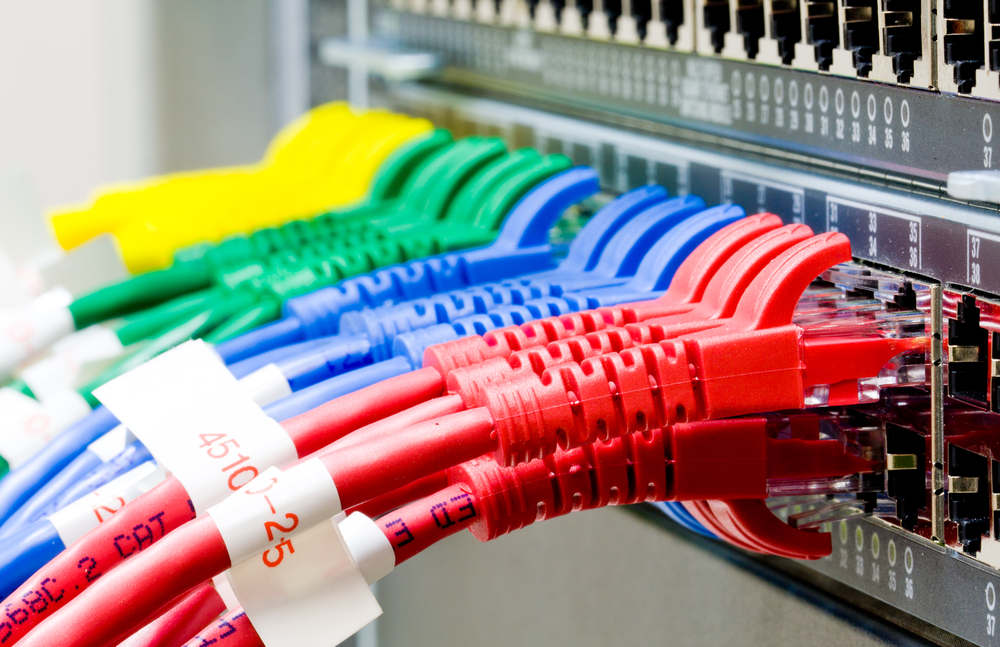In the realm of IT hardware, development boards play a crucial role in innovation, prototyping, and learning. These versatile boards serve as the foundation for creating and testing new electronic devices and systems. However, to truly harness their potential, development board accessories are indispensable. This guest post explores the significance of these accessories, their diverse applications, and how they enhance the functionality of system components in modern computer hardware.
Understanding Development Boards
Development boards are platforms used for designing and testing electronic circuits. They are equipped with essential components like microcontrollers or microprocessors, input/output interfaces, and power supply connections. Popular examples include Arduino, Raspberry Pi, and BeagleBone. These boards provide a flexible and accessible way to develop and prototype new ideas before moving to mass production.
The Role of Development Board Accessories
Development board accessories encompass a wide range of add-ons and peripherals designed to extend the capabilities of development boards. These accessories enable users to experiment with different functionalities, making it easier to create complex systems and applications. Here are some key reasons why these accessories are essential:
-
Enhanced Functionality: Accessories such as sensors, displays, and communication modules allow developers to add new features to their projects without redesigning the entire system. This modularity saves time and resources.
-
Simplified Prototyping: With the right accessories, prototyping becomes more straightforward and efficient. Developers can quickly test different configurations and functionalities, speeding up the development process.
-
Increased Flexibility: Development BoardAccessories provide flexibility by allowing users to swap out components and test various setups. This adaptability is crucial for iterative design and troubleshooting.
-
Educational Value: For students and hobbyists, accessories make learning more interactive and hands-on. They can explore different aspects of electronics and programming, gaining practical experience.
Key Development Board Accessories and Their Applications
-
Sensors: Sensors are fundamental accessories that measure physical quantities such as temperature, humidity, light, motion, and more. By integrating sensors with development boards, users can create smart systems that respond to environmental changes. For example, temperature sensors can be used in climate control systems, while motion sensors are essential for security applications.
-
Displays: Displays, including LCDs, OLEDs, and e-paper screens, are critical for visual feedback. They allow developers to create user interfaces for their projects. For instance, an LCD screen can display sensor readings in real-time, making it easier to monitor and interact with the system.
-
Communication Modules: Communication modules, such as Wi-Fi, Bluetooth, and RFID, enable development boards to connect and communicate with other devices. These modules are vital for creating IoT (Internet of Things) applications, where devices need to exchange data over a network. A Wi-Fi module can connect a development board to the internet, allowing remote control and monitoring.
-
Power Supplies and Batteries: Reliable power sources are crucial for the consistent operation of development boards. Accessories like battery packs, solar panels, and power management modules ensure that projects can run smoothly, even in off-grid or portable applications.
-
Motor Drivers: Motor drivers are essential for controlling motors in robotics and automation projects. These accessories enable development boards to drive DC motors, stepper motors, and servos, bringing motion to projects like robotic arms, drones, and automated vehicles.
-
Prototyping Shields and Breadboards: Prototyping shields and breadboards facilitate the easy assembly and testing of circuits. Shields are designed to stack on top of development boards, adding specific functionalities, while breadboards allow for the temporary setup of circuits without soldering.
-
Audio Modules: Audio modules, including microphones and speakers, enable the addition of sound capabilities to projects. These accessories are useful in applications like voice recognition systems, music players, and intercoms.
Integrating Development Board Accessories into System Components
Integrating development board accessories into a project requires careful planning and consideration to ensure compatibility and optimal performance. Here are some key factors to consider:
-
Compatibility: Ensure that the accessories are compatible with the development board you are using. Check for matching voltage levels, communication protocols, and physical connectors.
-
Power Requirements: Verify the power requirements of each accessory and ensure that the development board can supply sufficient power. Some accessories may require additional power sources or voltage regulators.
-
Communication Interfaces: Determine the communication interfaces required by the accessories, such as I2C, SPI, UART, or GPIO. Ensure that the development board has enough available pins and supports the necessary protocols.
-
Physical Layout: Consider the physical layout of the components and how they will be connected. Use prototyping tools like breadboards or custom PCBs (printed circuit boards) to organize and secure the components.
-
Software Support: Check for available libraries and software support for the accessories. Many manufacturers provide libraries that simplify the integration and use of their accessories with popular development boards.
The Future of Development Board Accessories in IT Hardware
As technology advances, the range and capabilities of development board accessories continue to expand. Emerging trends and innovations are shaping the future of these essential components:
-
IoT and Smart Devices: The growing demand for IoT applications drives the development of more sophisticated communication modules, sensors, and power solutions. Future accessories will enable more seamless connectivity and integration with smart devices.
-
Artificial Intelligence (AI) and Machine Learning (ML): AI and ML capabilities are becoming increasingly accessible with specialized accessories. Modules with built-in AI processors and accelerators will enable development boards to perform complex computations, bringing advanced AI applications within reach.
-
Advanced Prototyping Tools: New prototyping tools and platforms will simplify the design and testing of complex systems. Integrated development environments (IDEs) and cloud-based tools will streamline the development process.
-
Sustainability and Energy Efficiency: With a growing focus on sustainability, future accessories will emphasize energy efficiency and environmentally friendly materials. Solar-powered modules, low-power sensors, and efficient power management solutions will become more prevalent.
Conclusion
Development board accessories are indispensable in the world of IT hardware. They enhance the capabilities of development boards, making them more versatile and powerful for a wide range of applications. From sensors and displays to communication modules and power supplies, these accessories play a crucial role in modern computer hardware development.
Whether you are a professional engineer, a hobbyist, or a student, understanding and utilizing the right development board accessories can significantly boost your project’s potential. As technology continues to evolve, these accessories will keep expanding their capabilities, opening new possibilities for innovation and creativity in the realm of system components and computer components.
By leveraging the full range of available accessories, developers can unlock new functionalities, streamline the prototyping process, and create more sophisticated and efficient systems. In the fast-paced world of technology, staying ahead means embracing the tools and components that drive progress, and development board accessories are at the heart of this exciting journey.




